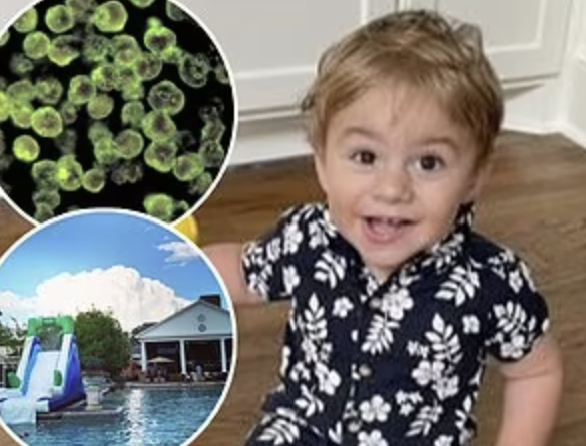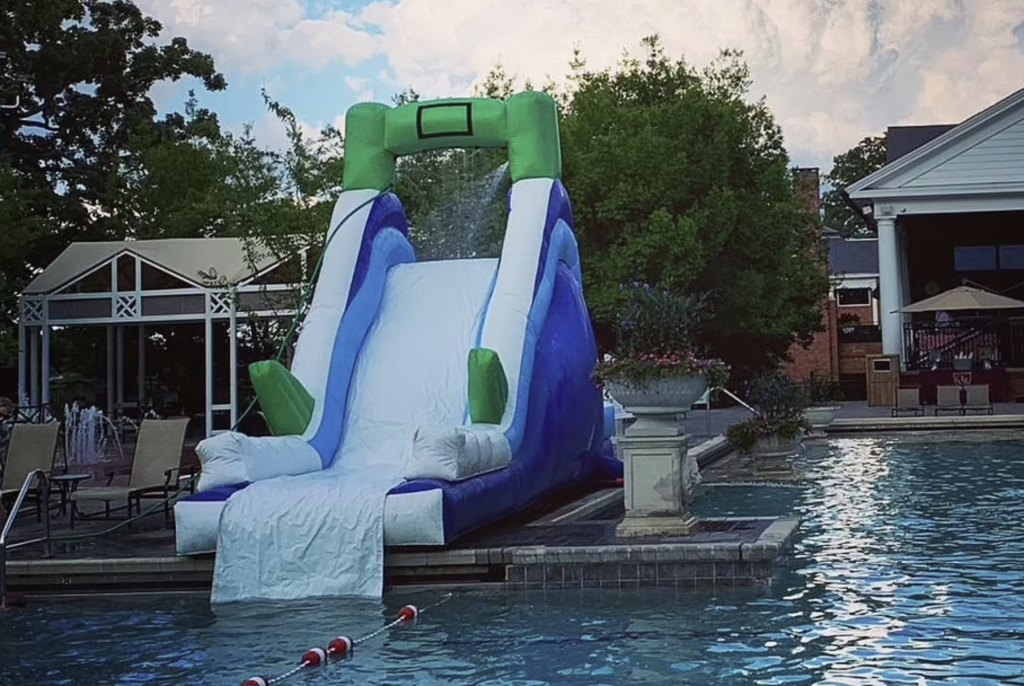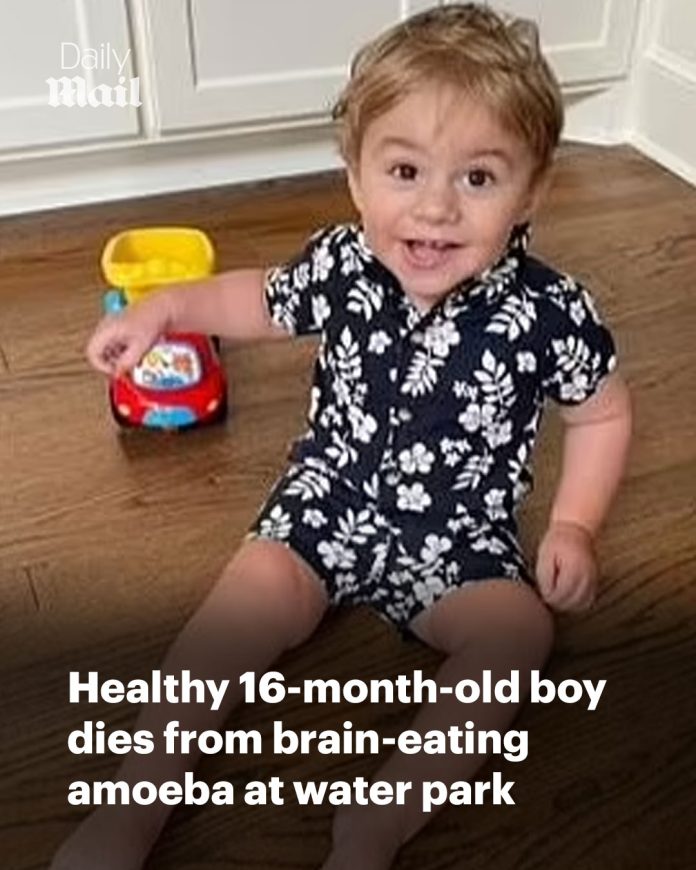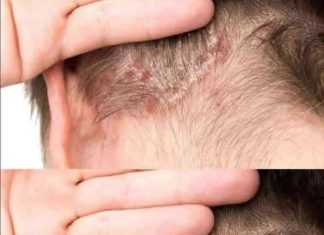In a tragic incident that underscores the hidden dangers lurking in recreational waters, a toddler in Arkansas succumbed to a rare and fatal infection caused by the brain-eating amoeba, Naegleria fowleri. This heartbreaking event has cast a spotlight on the risks associated with this microorganism and the imperative need for public awareness and preventive measures.
Understanding Naegleria fowleri
Naegleria fowleri is a free-living amoeba predominantly found in warm freshwater environments such as lakes, rivers, and hot springs. It thrives in temperatures between 25°C to 40°C (77°F to 104°F), making infections more prevalent during the summer months when water temperatures are elevated. The amoeba can also inhabit inadequately chlorinated swimming pools and contaminated tap water. Infections typically occur when water containing the amoeba is forcefully inhaled through the nose, allowing the organism to travel along the olfactory nerve to the brain. Once in the brain, it causes primary amebic meningoencephalitis (PAM), a severe and often fatal inflammation of the brain.

The Arkansas Case
The recent case in Arkansas involved a young child who contracted the infection after playing in a splash pad at a country club. Health officials reported that the child developed symptoms consistent with PAM, including severe headache, fever, nausea, vomiting, and altered mental status. Despite prompt medical intervention, the disease progressed rapidly, leading to the child’s untimely death. Subsequent water testing at the splash pad confirmed the presence of Naegleria fowleri, prompting authorities to close the facility and initiate public health advisories.
Symptoms and Progression of PAM
The onset of PAM symptoms typically occurs between one to twelve days after exposure, with an average incubation period of five days. Early symptoms often resemble those of bacterial meningitis and can include:
- Severe frontal headache
- Fever
- Nausea and vomiting
- Loss of appetite
As the disease progresses, more severe neurological symptoms may develop:
- Stiff neck
- Confusion and disorientation
- Seizures
- Hallucinations
- Coma
The rapid progression of PAM often leads to death within two weeks of symptom onset. Due to its rarity and nonspecific early symptoms, PAM is frequently misdiagnosed, delaying critical treatment.
Diagnosis and Treatment Challenges
Diagnosing PAM is challenging because its initial symptoms mimic those of more common illnesses like viral or bacterial meningitis. Definitive diagnosis often requires cerebrospinal fluid analysis or post-mortem examination, which can delay the initiation of appropriate therapy. Treatment typically involves a combination of antifungal and antimicrobial agents, such as amphotericin B, rifampin, and miltefosine. However, even with aggressive treatment, the fatality rate remains exceedingly high, emphasizing the critical importance of early detection and intervention.
Preventive Measures and Public Awareness
Given the high mortality rate associated with PAM and the lack of effective treatment options, prevention is paramount. Public health officials recommend several strategies to reduce the risk of infection:

- Avoid Water-Related Activities in Warm Freshwater: Refrain from swimming, diving, or submerging the head in warm freshwater bodies, especially during periods of high water temperatures.
- Use Nose Clips or Hold Nostrils Shut: When engaging in water activities, use nose clips or hold the nose shut to prevent water from entering the nasal passages.
- Avoid Stirring Up Sediment: Minimize activities that disturb sediment in shallow, warm freshwater areas where the amoeba may reside.
- Ensure Proper Pool Maintenance: Maintain appropriate chlorine levels in swimming pools and hot tubs to inhibit amoeba growth.
- Use Sterile Water for Nasal Irrigation: When using devices like neti pots for nasal rinsing, always use sterile, distilled, or previously boiled water to prevent introducing contaminants into the nasal passages.
Raising public awareness about the risks associated with Naegleria fowleri and promoting adherence to preventive measures are crucial steps in reducing the incidence of this devastating infection.
Conclusion
The tragic death of a toddler in Arkansas due to Naegleria fowleri infection serves as a poignant reminder of the hidden dangers present in certain water environments. While such infections are exceedingly rare, their fatal nature necessitates vigilance and proactive preventive measures. By understanding the risks and adhering to recommended safety guidelines, individuals can reduce their exposure to this deadly amoeba and protect themselves and their loved ones from similar tragedies.

















